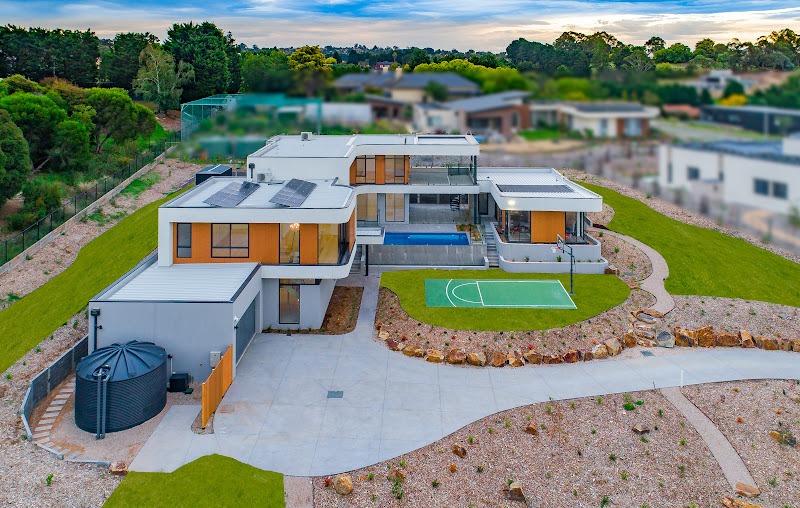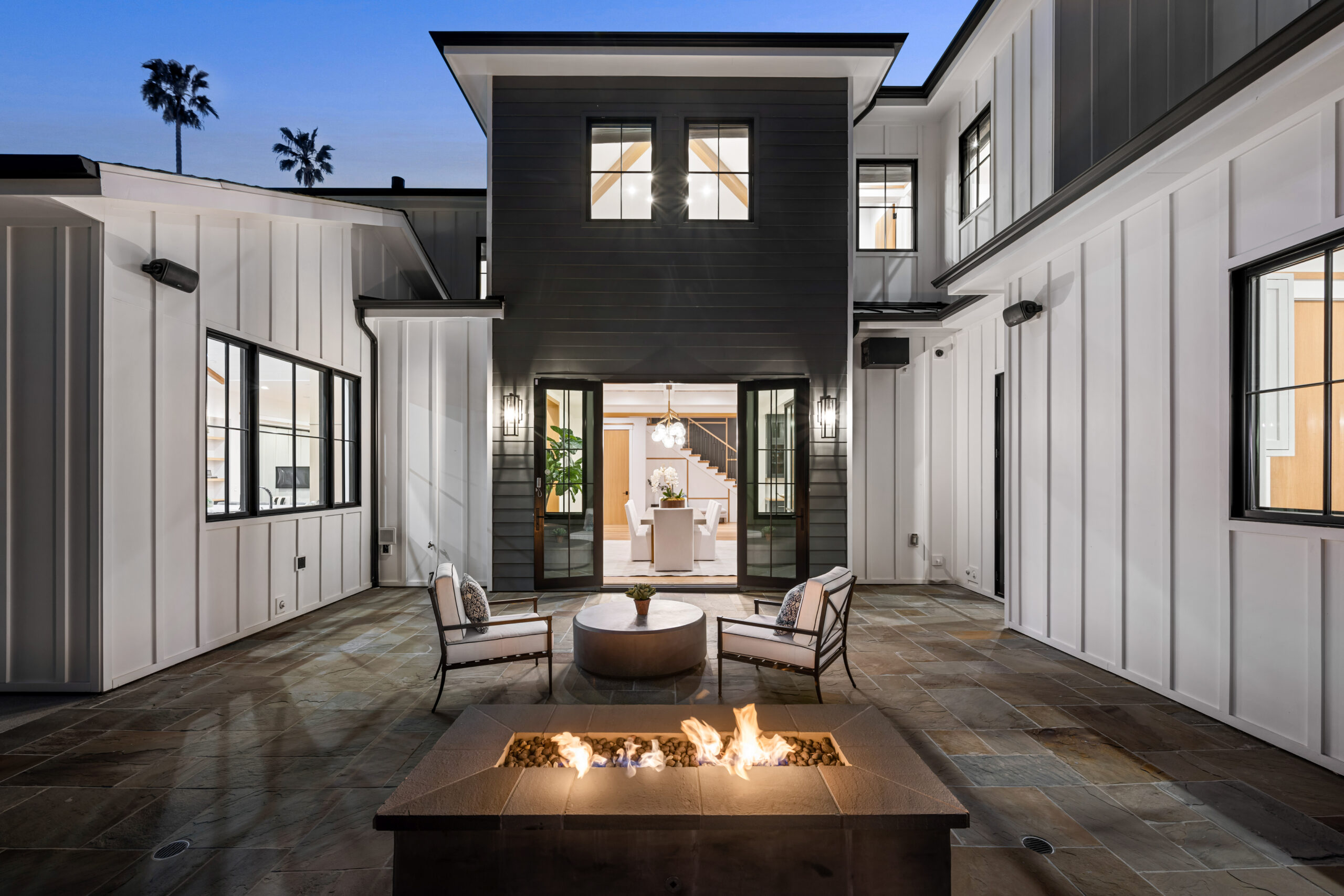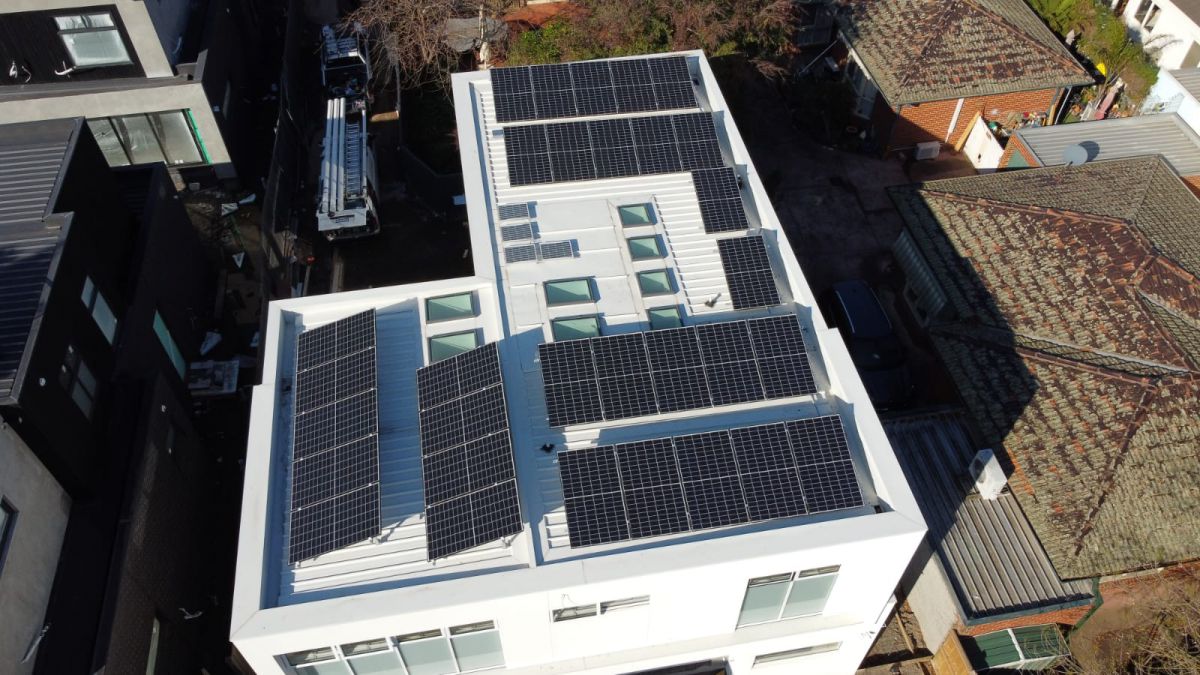The orientation of a home or the way a house is positioned on a block of land with the path of the sun and the prevailing wind in your region. While often overlooked, understanding the impact of house orientation can lead to significant benefits.
Australia is renowned for its abundant sunshine, making it an ideal location to harness solar energy. Beyond energy savings, a well-oriented home enjoys other benefits. Natural light floods in, creating a brighter and more cheerful living space while reducing the need for artificial lighting. Proper orientation also facilitates cross-ventilation, ensuring fresh air circulation and improved indoor air quality.
Thus, choosing the right orientation for your home will greatly influence comfort, energy efficiency, and overall living experience.
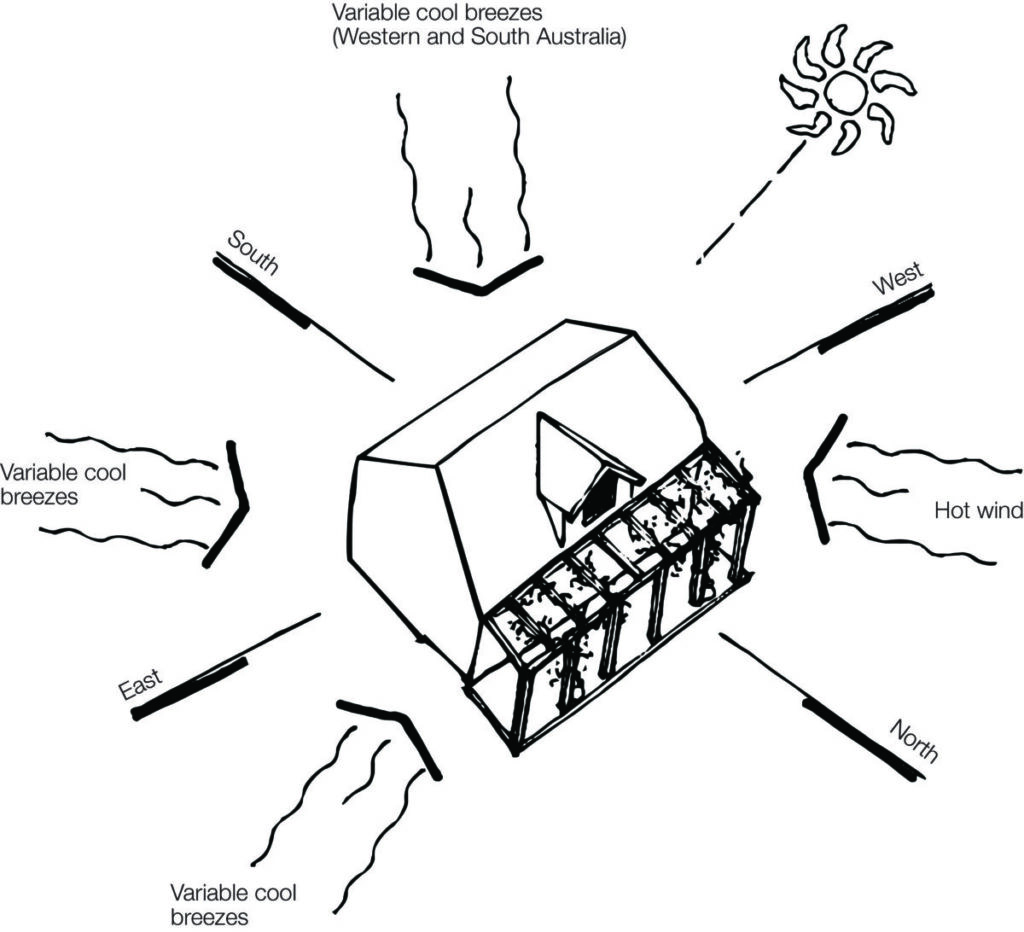
Photo Source: YourHome.Gov.Au
Let’s explore the differences in orientation types, particularly in the context of Australian homes.
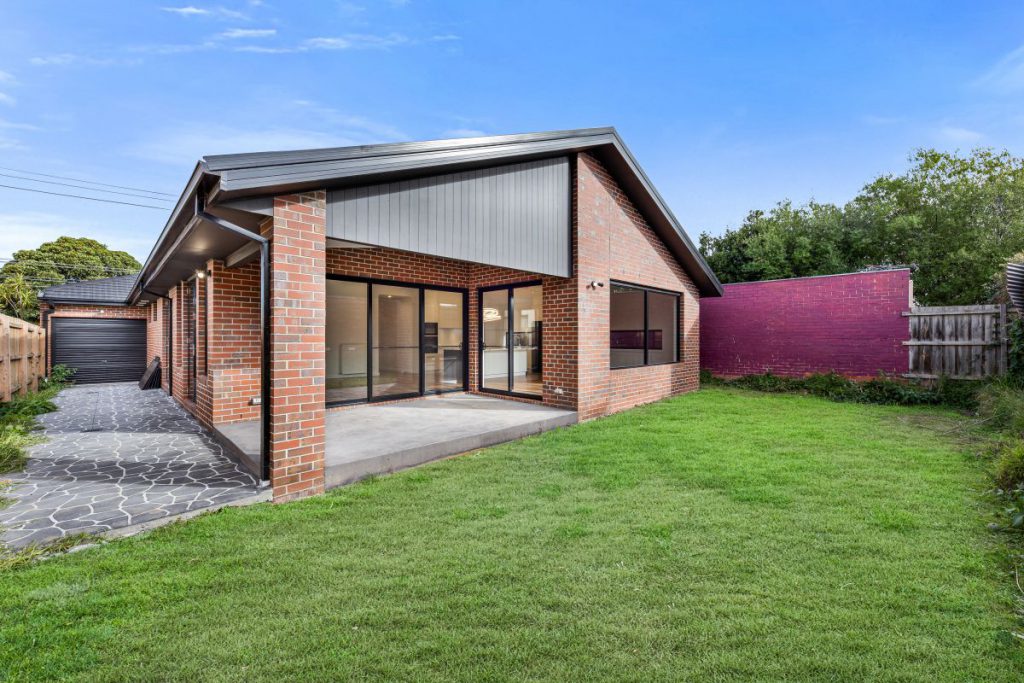
North-Facing Orientation
Facing north is generally the optimal choice for most parts of the country. Here’s why:
- Positioning the main living areas such as the living room, kitchen and outdoor spaces to face north allows maximum solar gain during winter. This orientation brings natural warmth into the home, reducing reliance on heating systems during the colder months.
- In the summer, clever design elements such as eaves and verandahs can shade north-facing windows, preventing overheating and keeping interiors cool.
- Due to these advantages, choosing a north-facing orientation may significantly reduce energy consumption for heating and cooling, leading to lower utility bills.
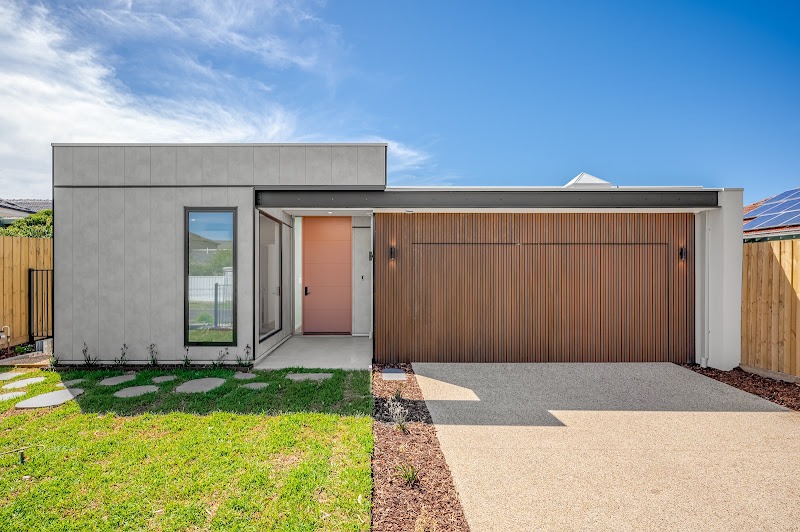
South-Facing Orientation
While a north-facing orientation is a general rule of thumb, Australia’s diverse climate demands a nuanced approach. A south-facing orientation is an option for:
- Certain areas in Australia where the sun can be intense and high-humidity is a concern, a south-facing home offers a respite from excessive heat, helping to keep the interior cooler throughout the day.
- Furthermore, a south-facing house can protect against harsh weather, such as strong winds and storms by acting as a shield.
- While a south-facing house may receive less direct sunlight, it benefits from consistent, diffused lighting throughout the day, creating a soft and balanced ambiance while maximizing shade and ventilation.
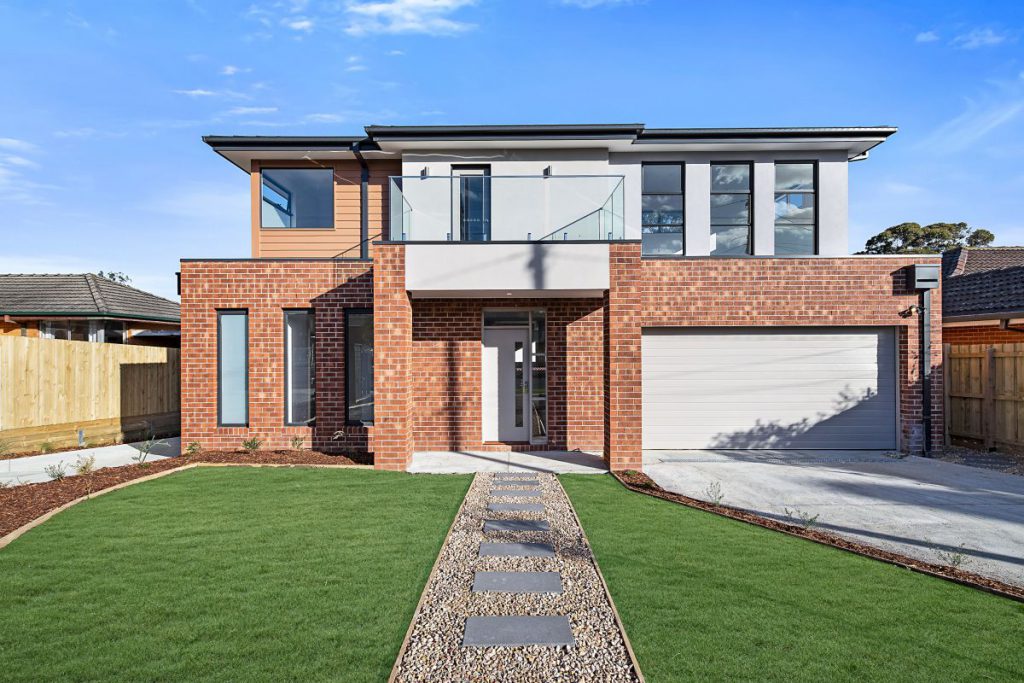
West-Facing Orientation
Love basking in the golden hour? A west-facing house presents many advantages, such as:
- The opportunity to enjoy stunning sunset views as the evening sky often paints a picturesque backdrop, creating a captivating atmosphere.
- In addition, a west-facing house receives lots of sunlight in the afternoon, creating a cozy and welcoming environment for outdoor entertaining, even during the cooler months.
- However, bear in mind that the afternoon sun can often be intense especially in warmer months, causing overheating and increasing cooling costs.
- Proper insulation, shading devices, and well-designed ventilation systems are crucial steps to mitigate these challenges for a comfortable indoor environment.
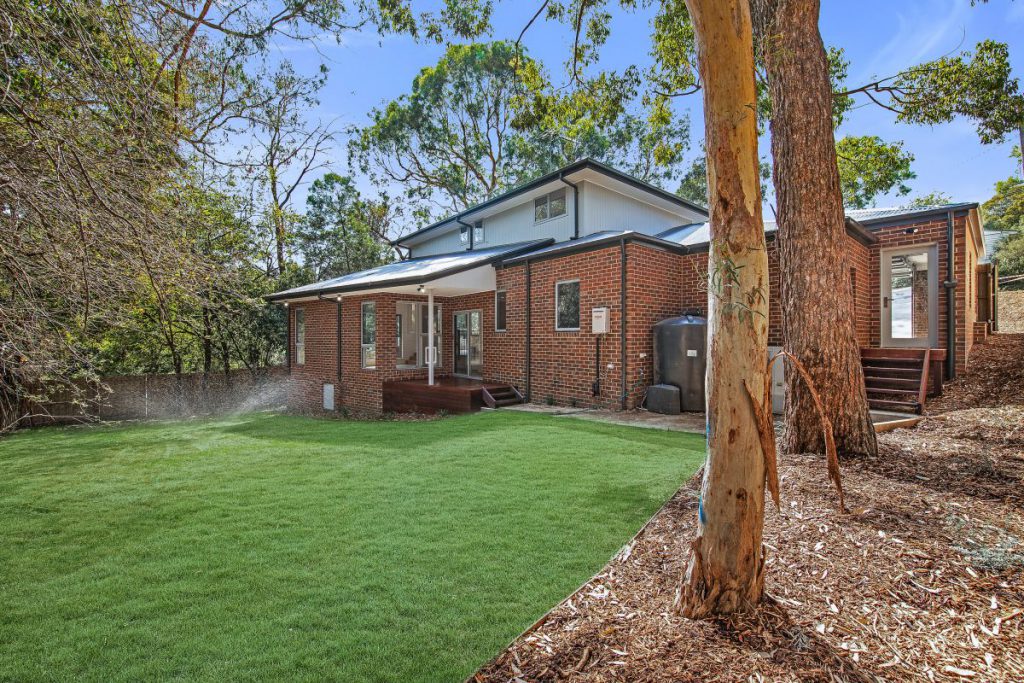
East-Facing Orientation:
An east facing house is characterised by the front of the house facing east, thus capturing the morning sunlight. This orientation can be advantageous for:
- Homeowners who enjoy waking up to the soft rays of the rising sun. East-facing houses receive more natural light during the early part of the day, perfect for those who love bright interiors.
- However, it’s important to note that the afternoon sun may be intense, and careful consideration of shading elements is essential to prevent overheating.
- By the time the sun reaches its peak intensity in the afternoon, an east-facing house has the advantage of shade and cooler temperatures, allowing for more comfortable outdoor activities during the day.
- This makes them ideal for enjoying a peaceful retreat or hosting gatherings without direct exposure to the scorching sun.
Beyond the Basics: Other Considerations
Careful orientation can enhance privacy by positioning living areas away from neighboring properties. If you intend on having outdoor living, the orientation of your home significantly impacts their usability. A north-facing backyard, for example, is perfect for enjoying the sun in winter, while an east-facing porch captures the morning sun.
The slope and contours of the land can influence the best orientation for your home. A south-facing slope, for instance, can provide natural protection from cold winds. Also, it’s worth noting that building codes and zoning restrictions may limit your options for house orientation.
So, which orientation is right for you?
Understanding home orientation is essential for designing homes to make full use of the sunlight. This is especially important during winter, when maximising natural light can help maintain warmth and reduce energy costs.
To fully capitalise on the advantages of house orientation, it’s essential to involve an experienced home builder in the planning process. Home builders analyse the site, sun’s path, prevailing winds, climate, and your lifestyle to create a home that is both energy-efficient and comfortable.
Curious about how much it costs to rebuild on land with an existing property? Read our previous article to learn more about How Much a Knock Down Rebuild Costs in Melbourne.
Get in touch with us today!
